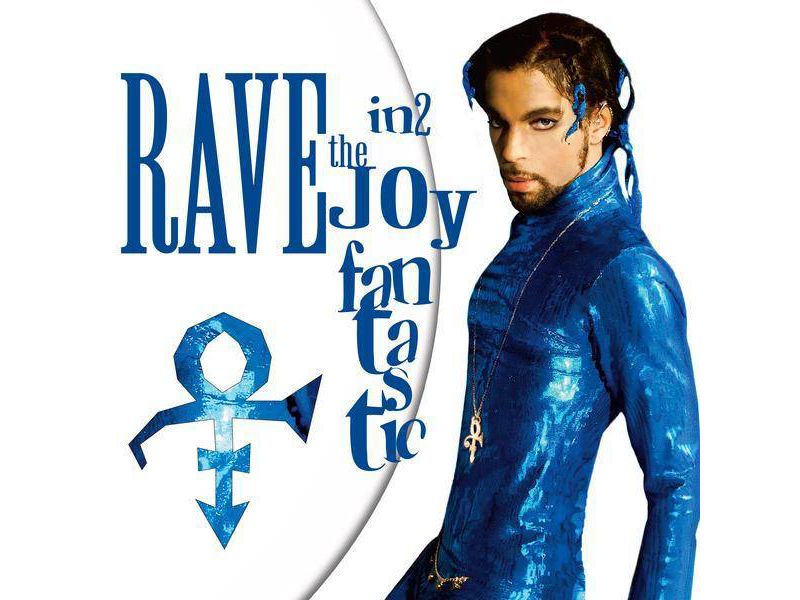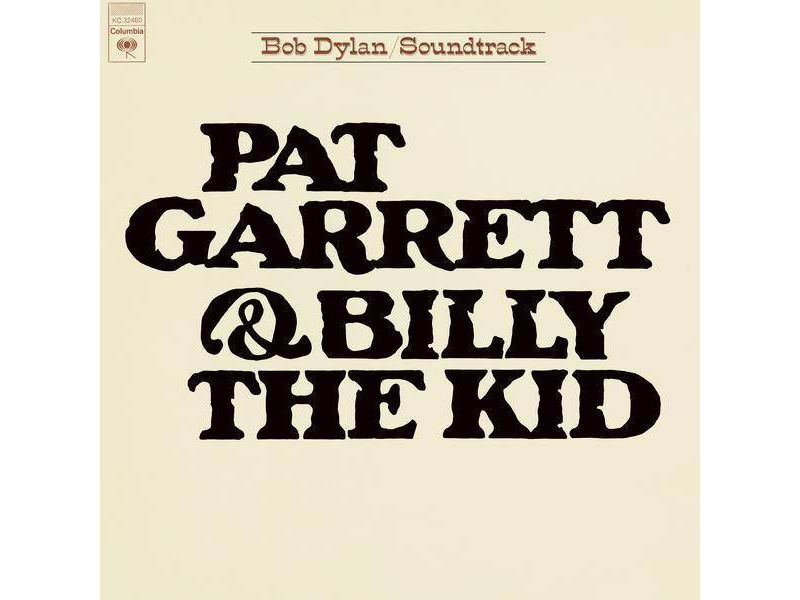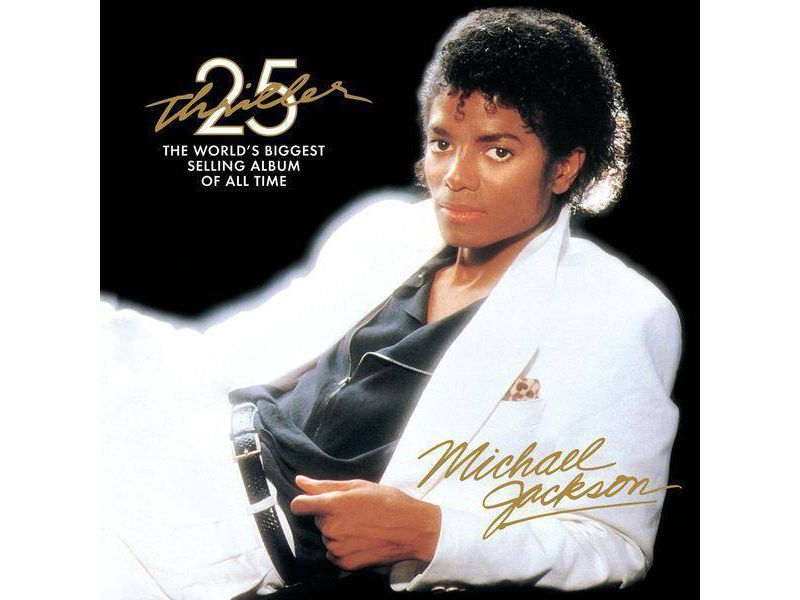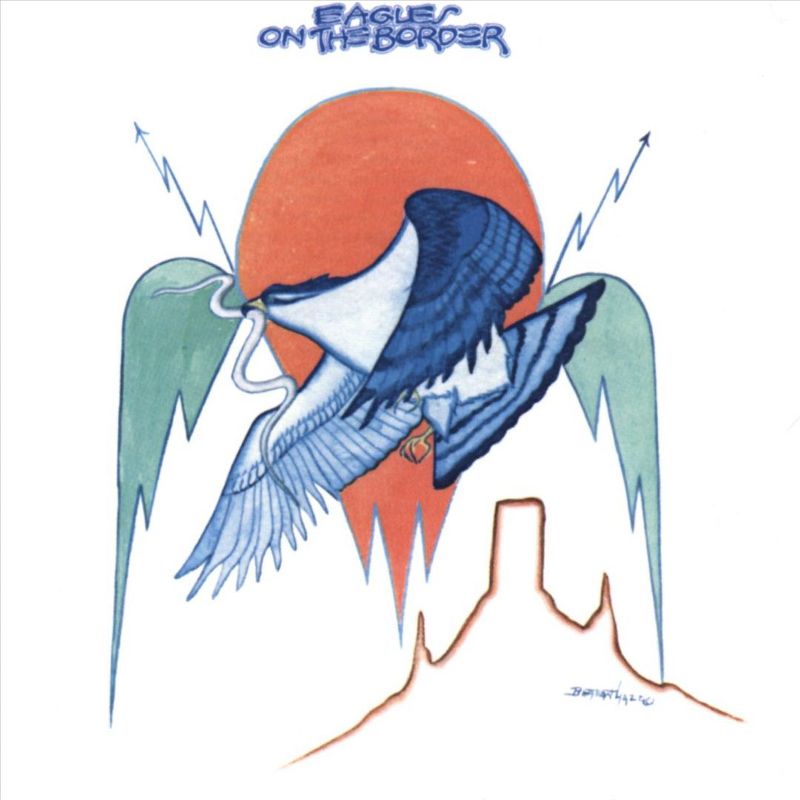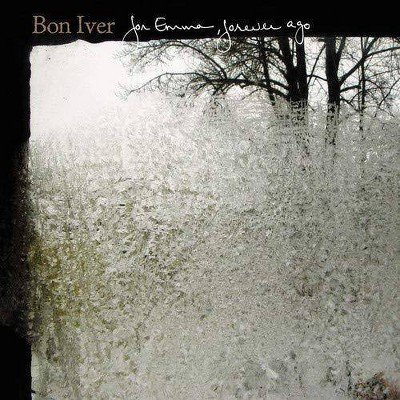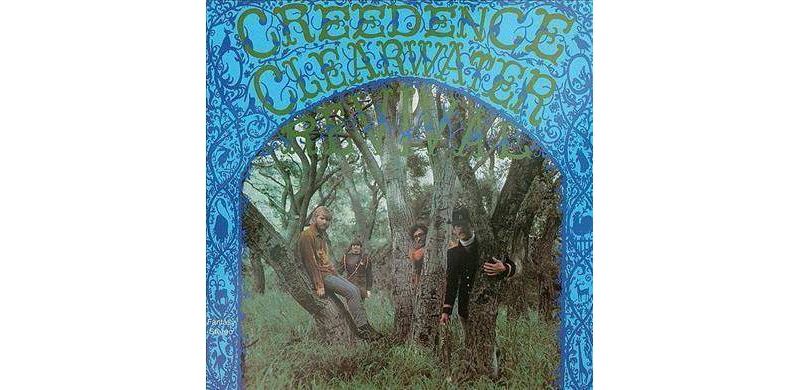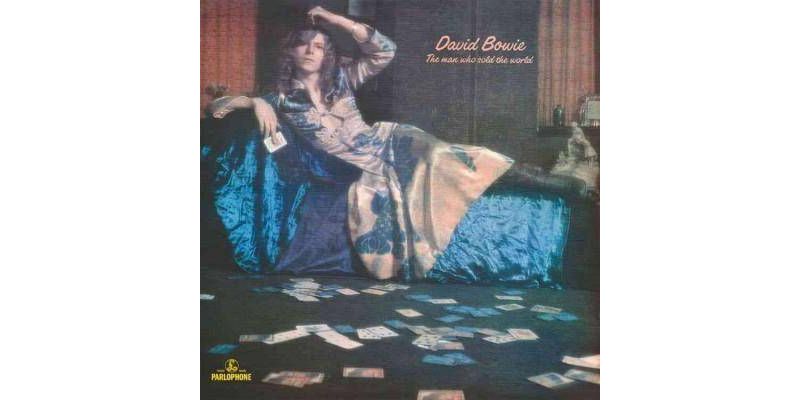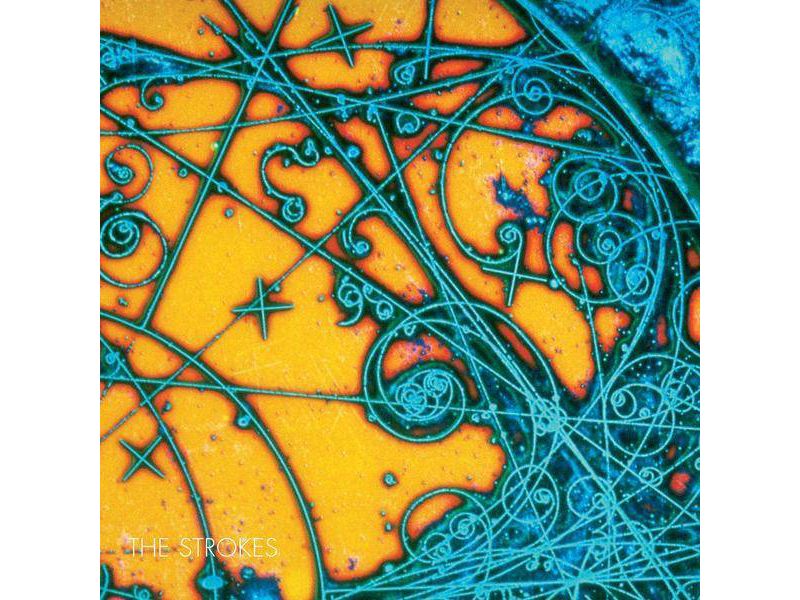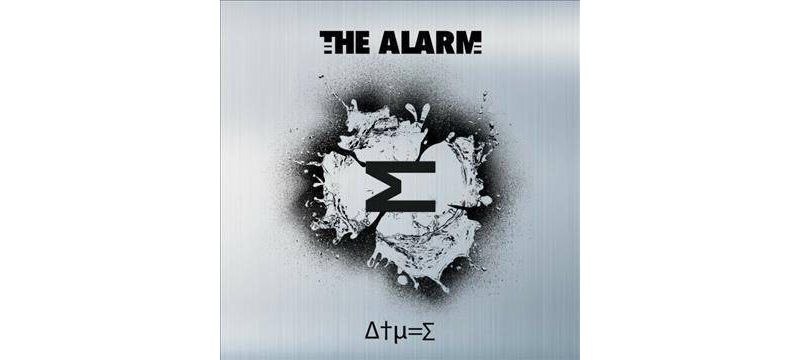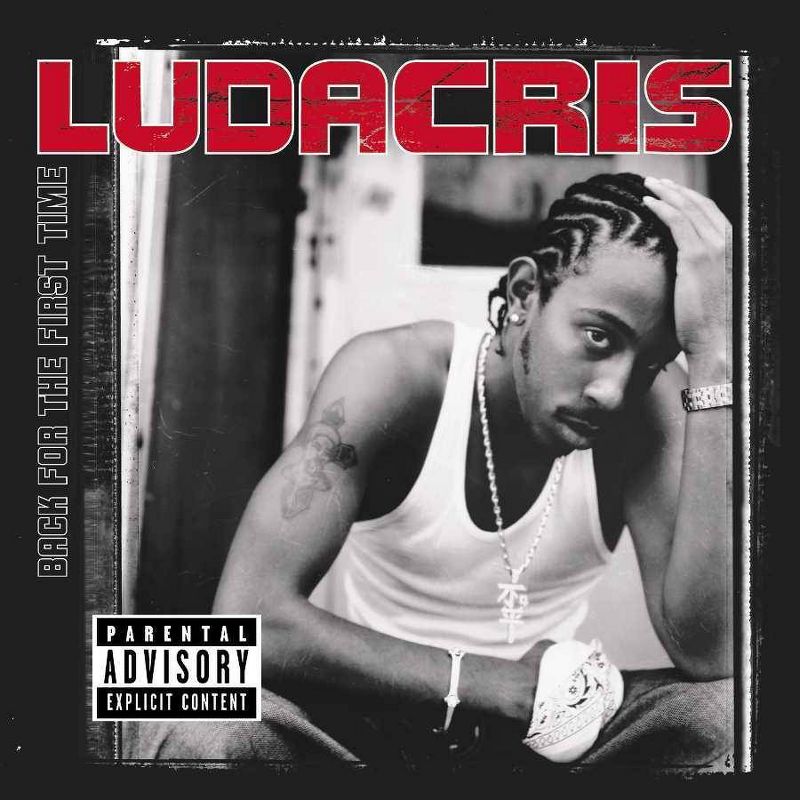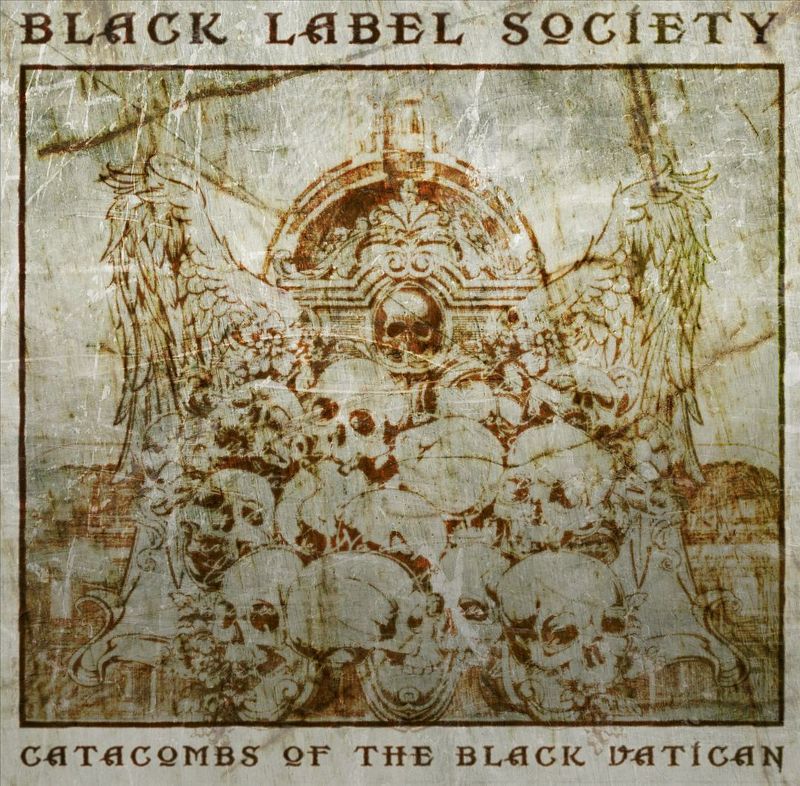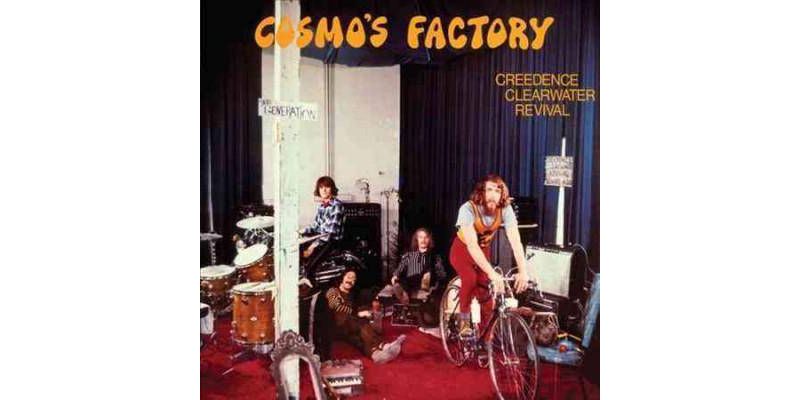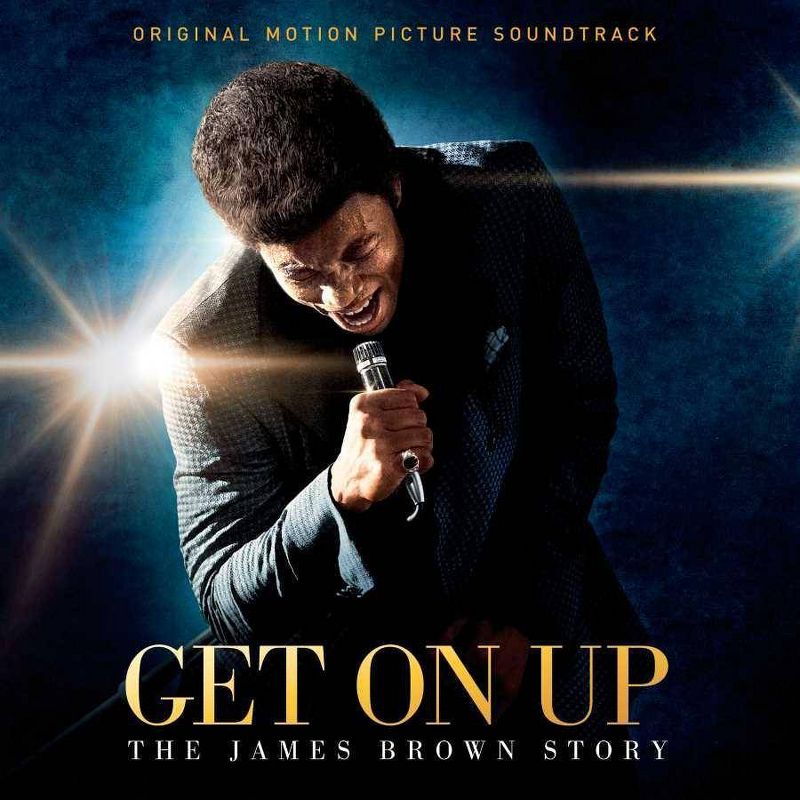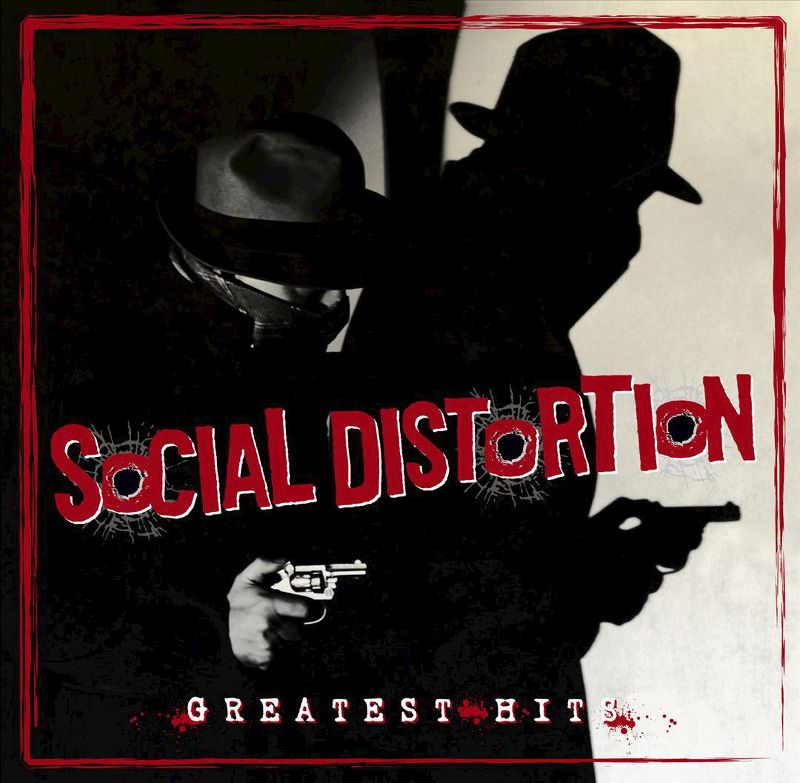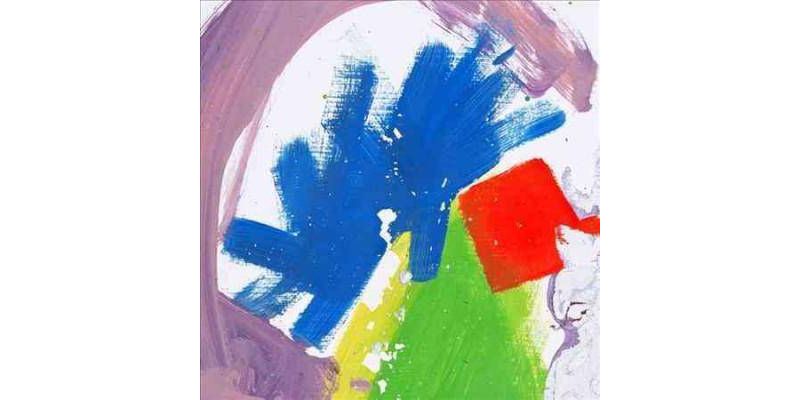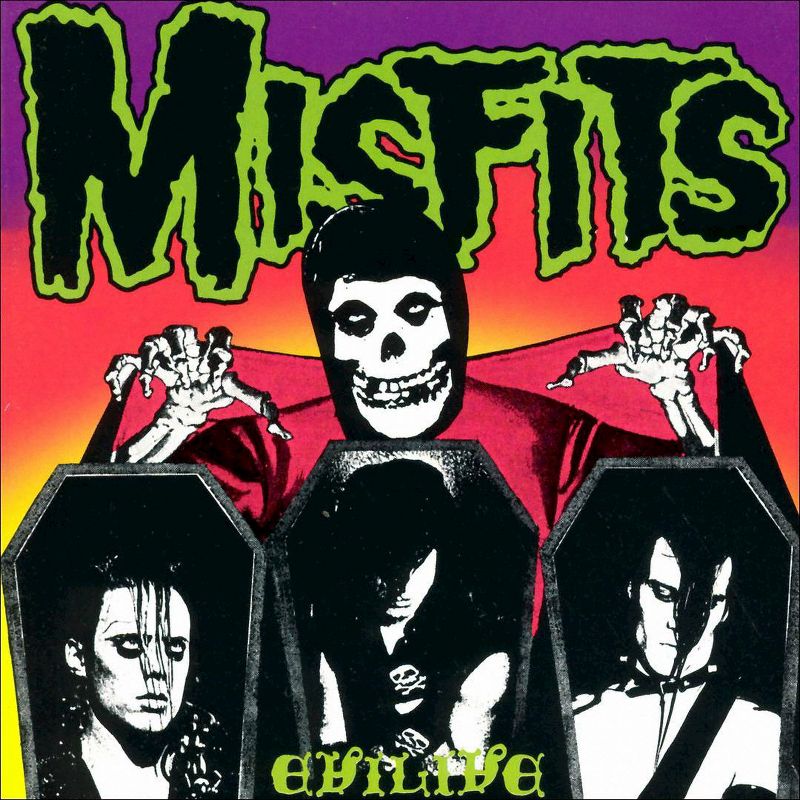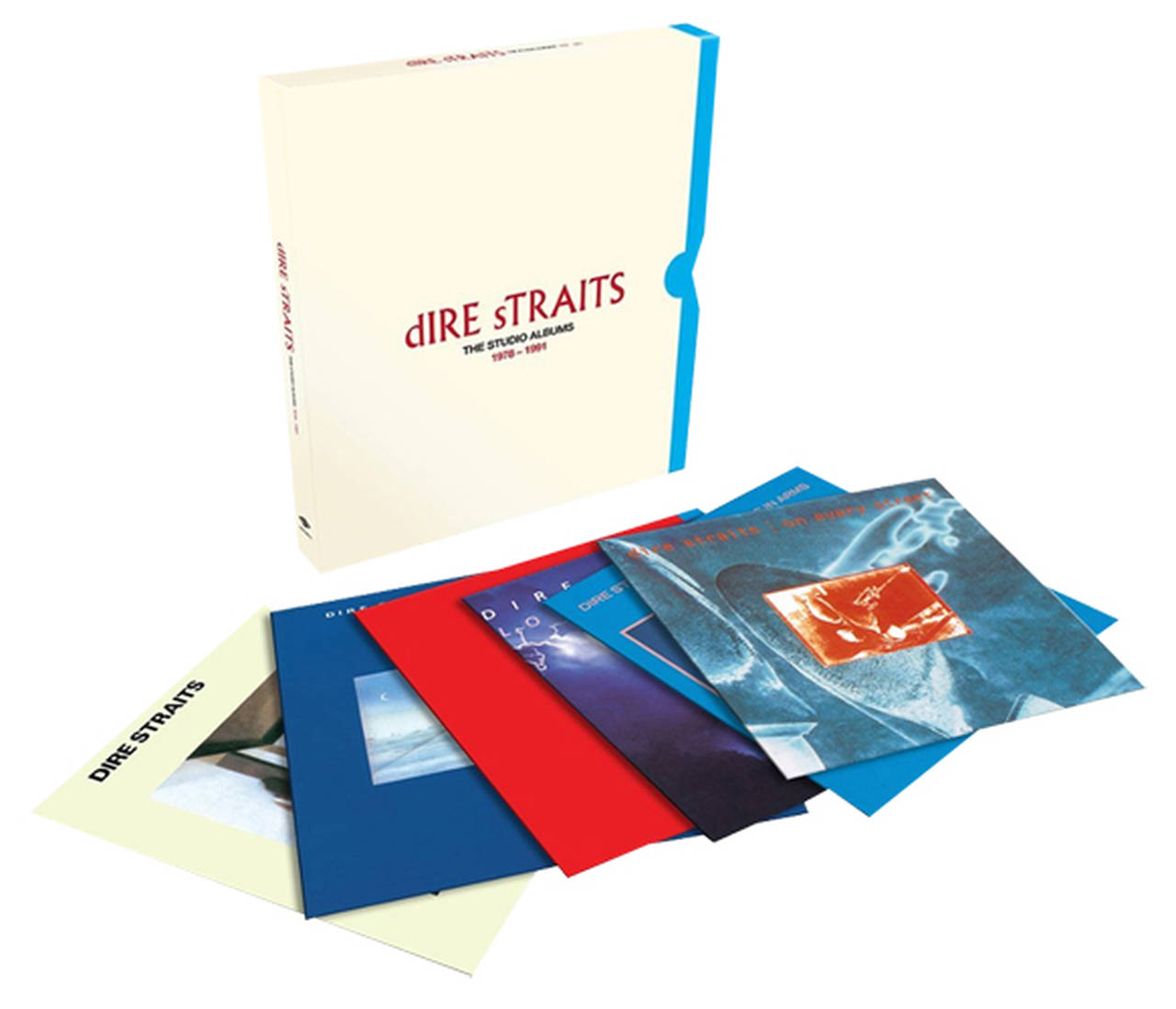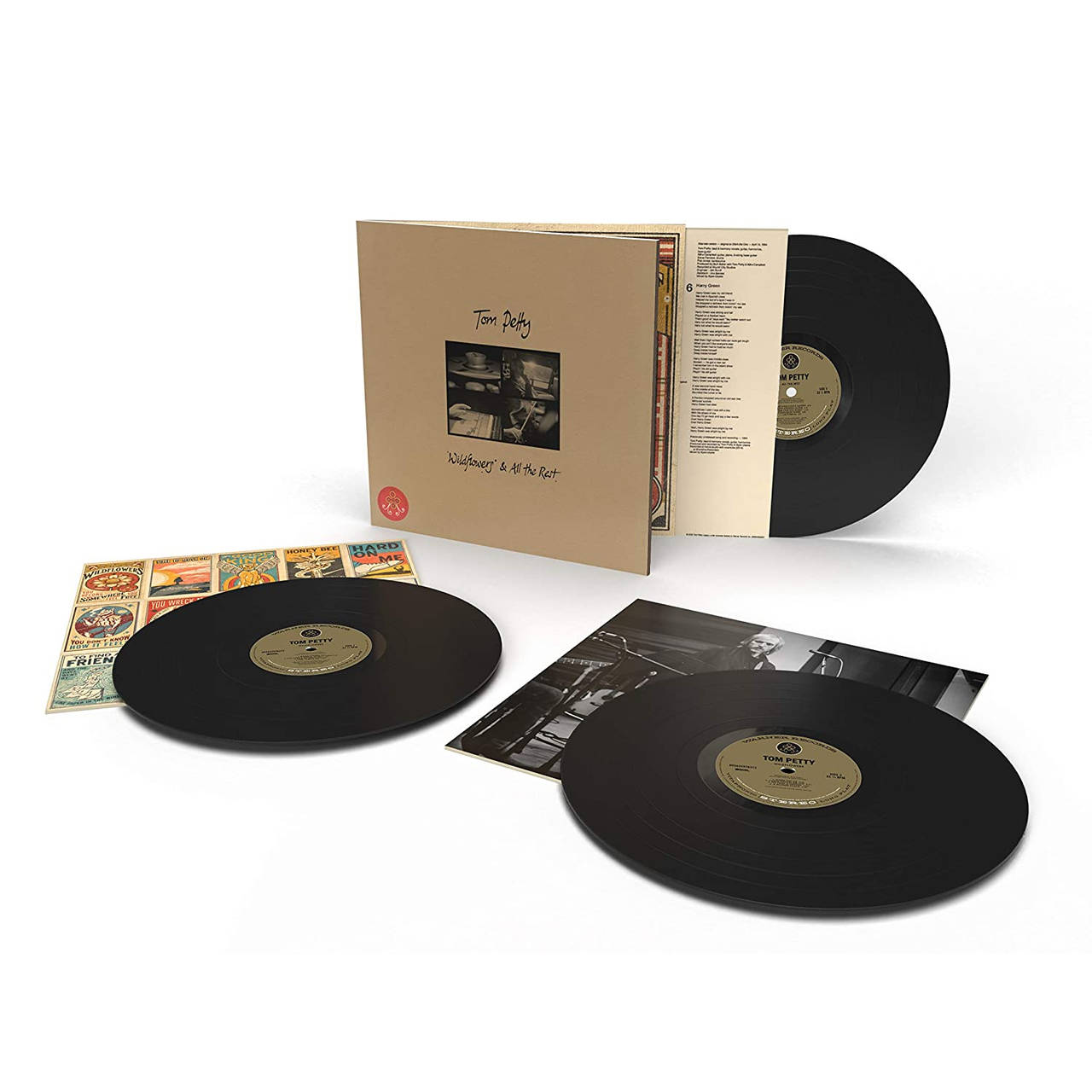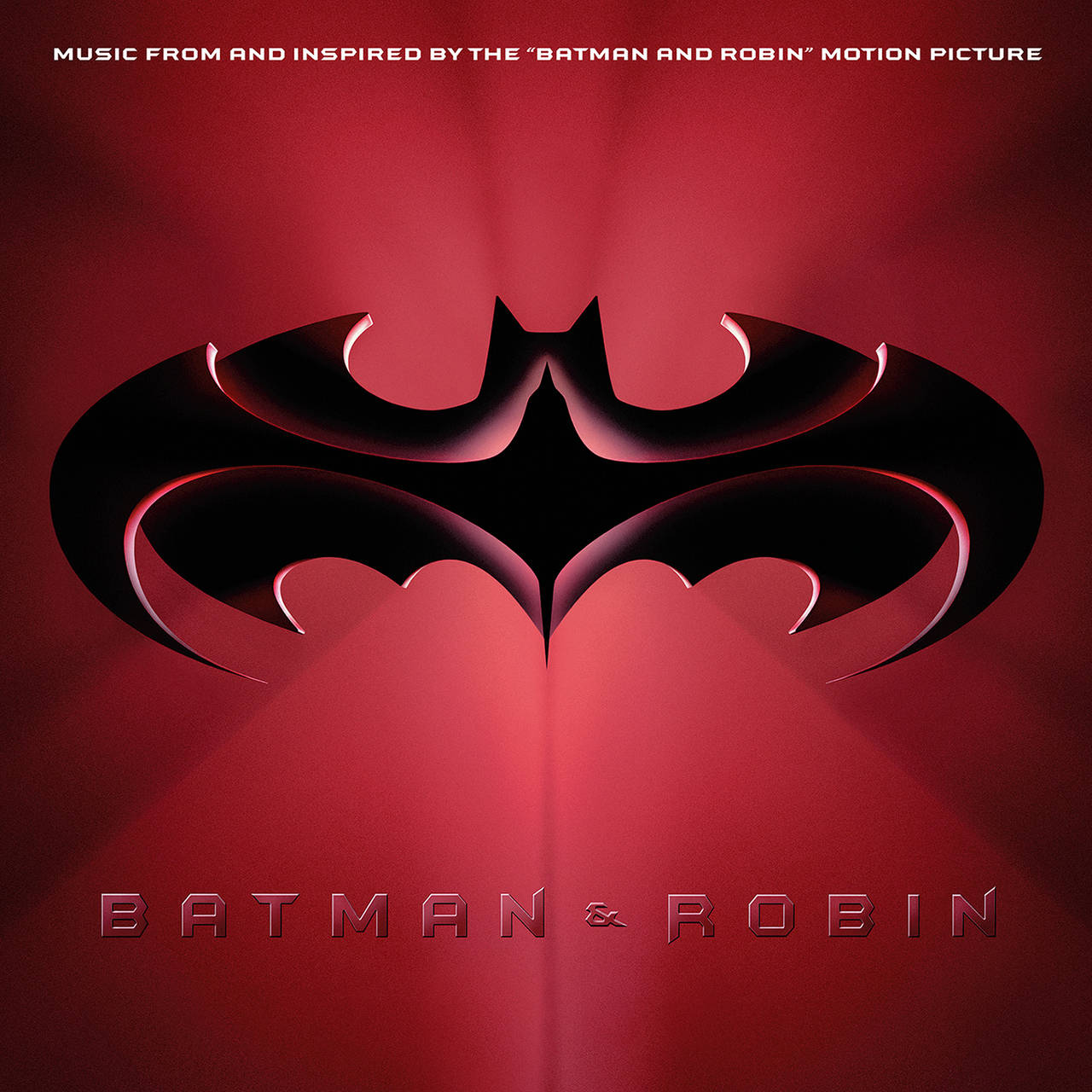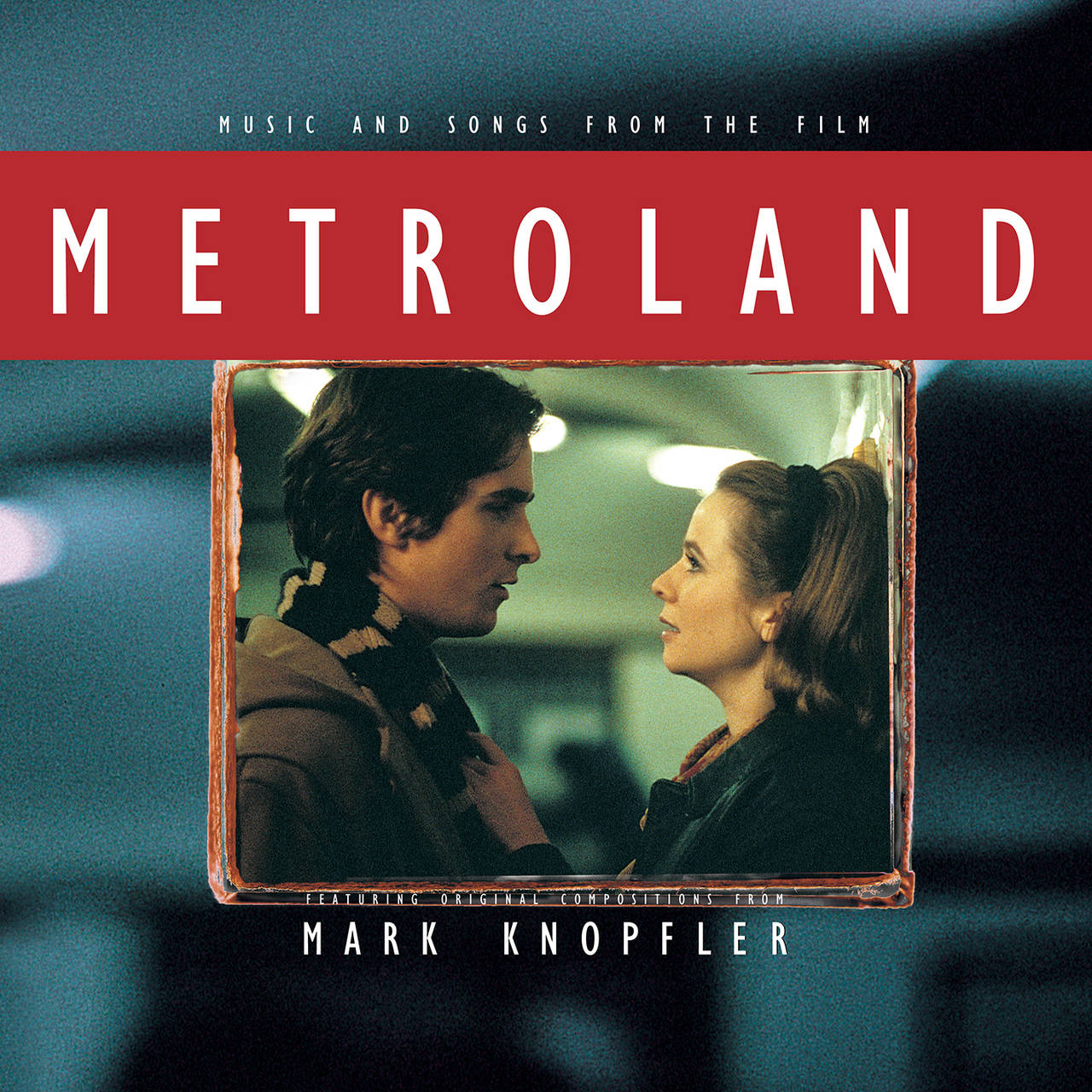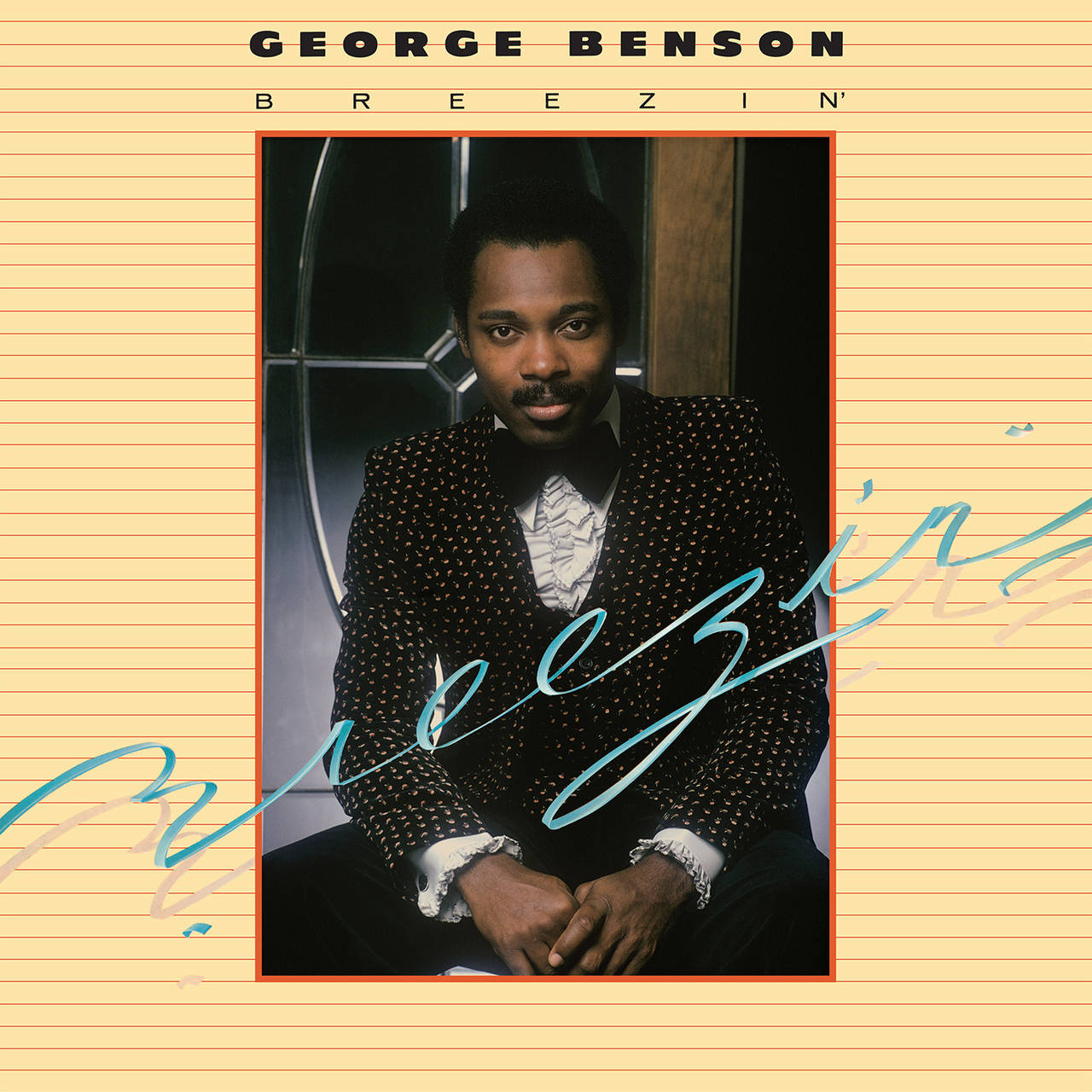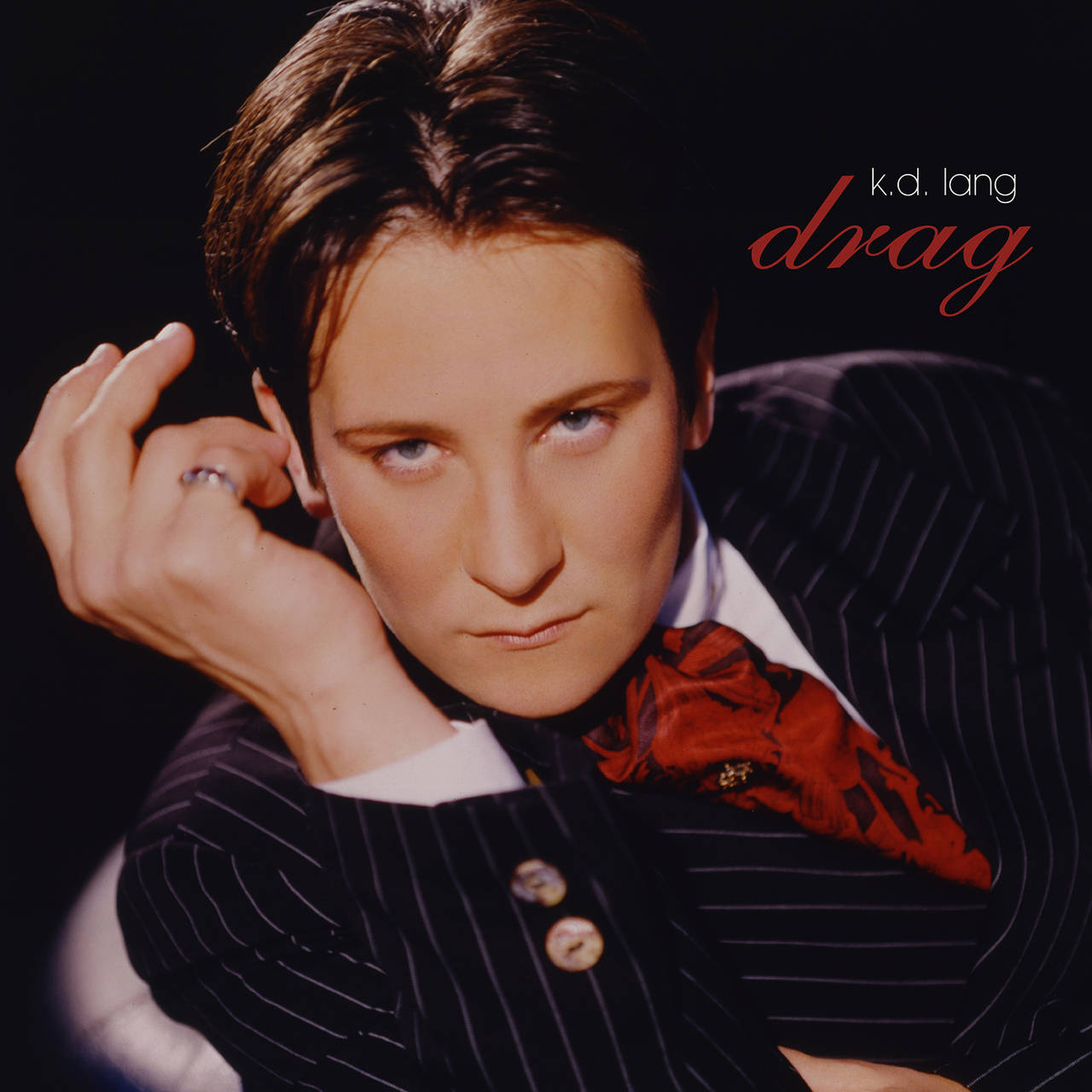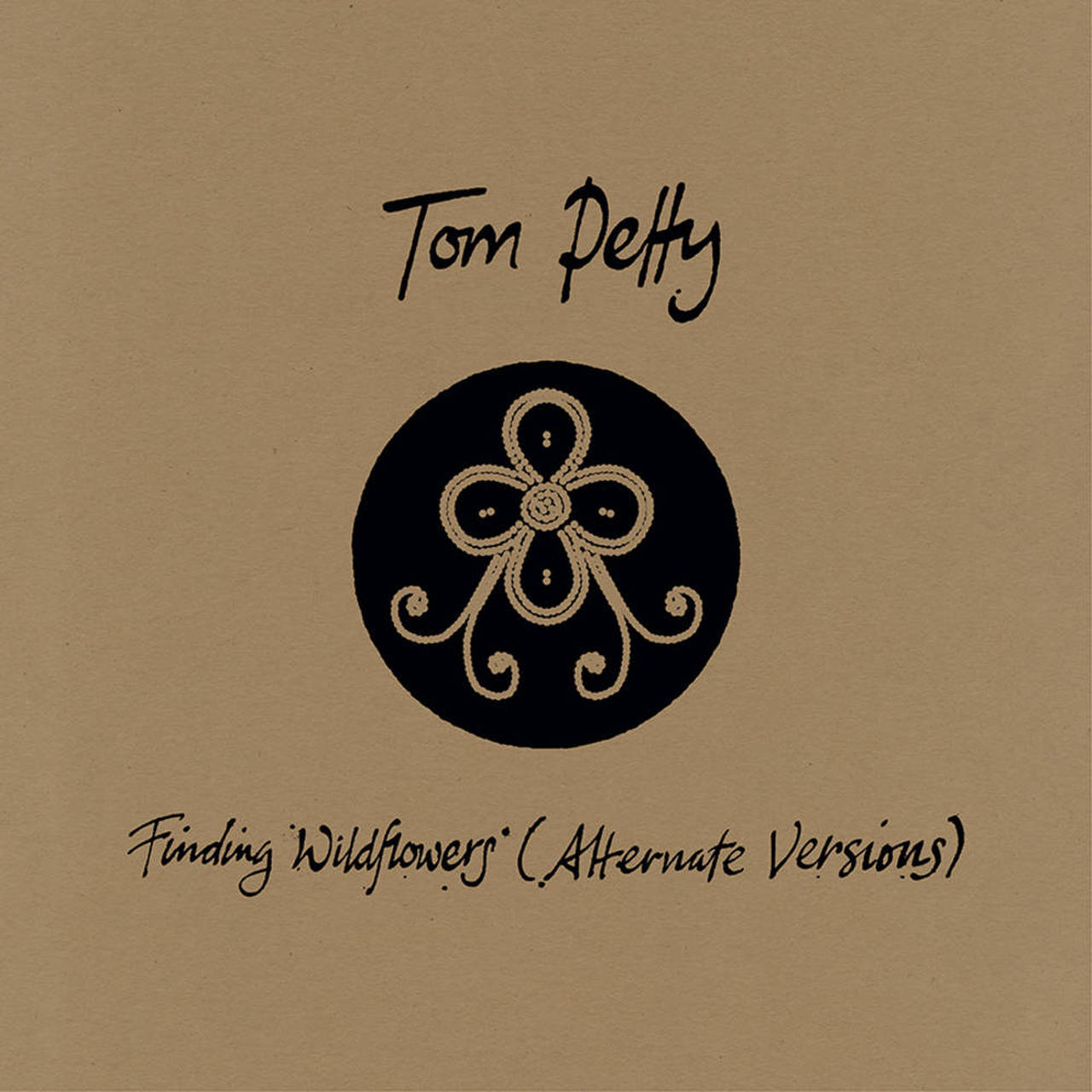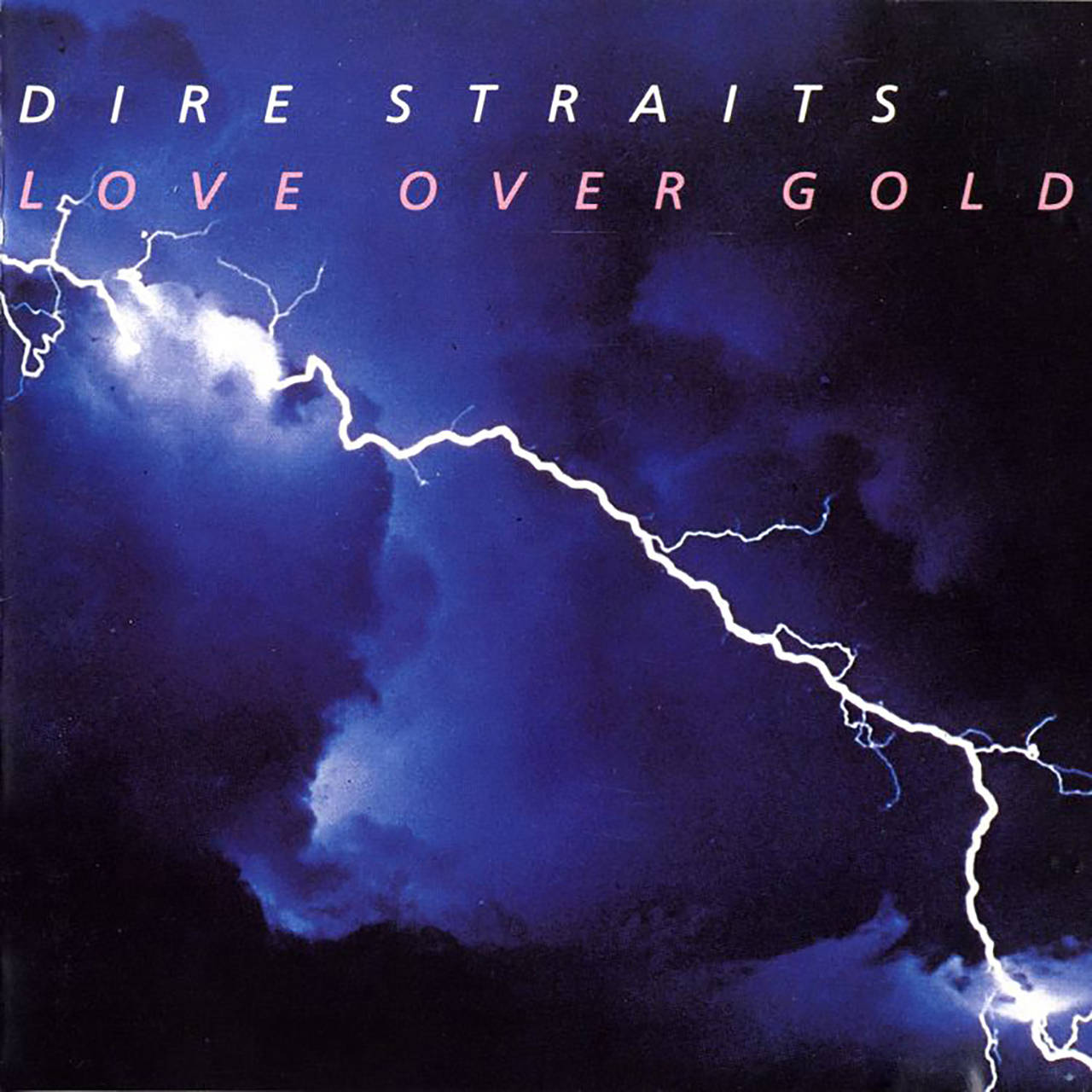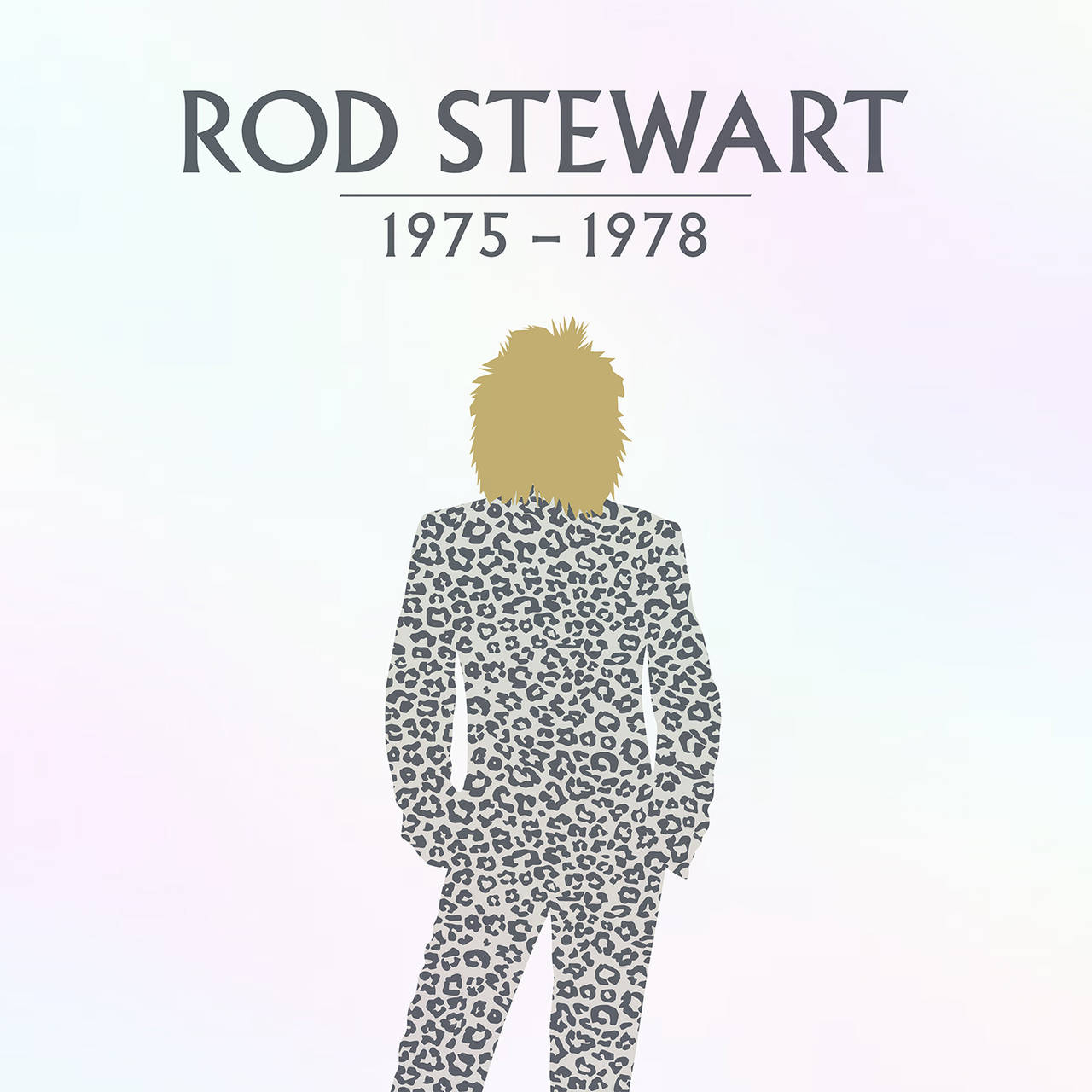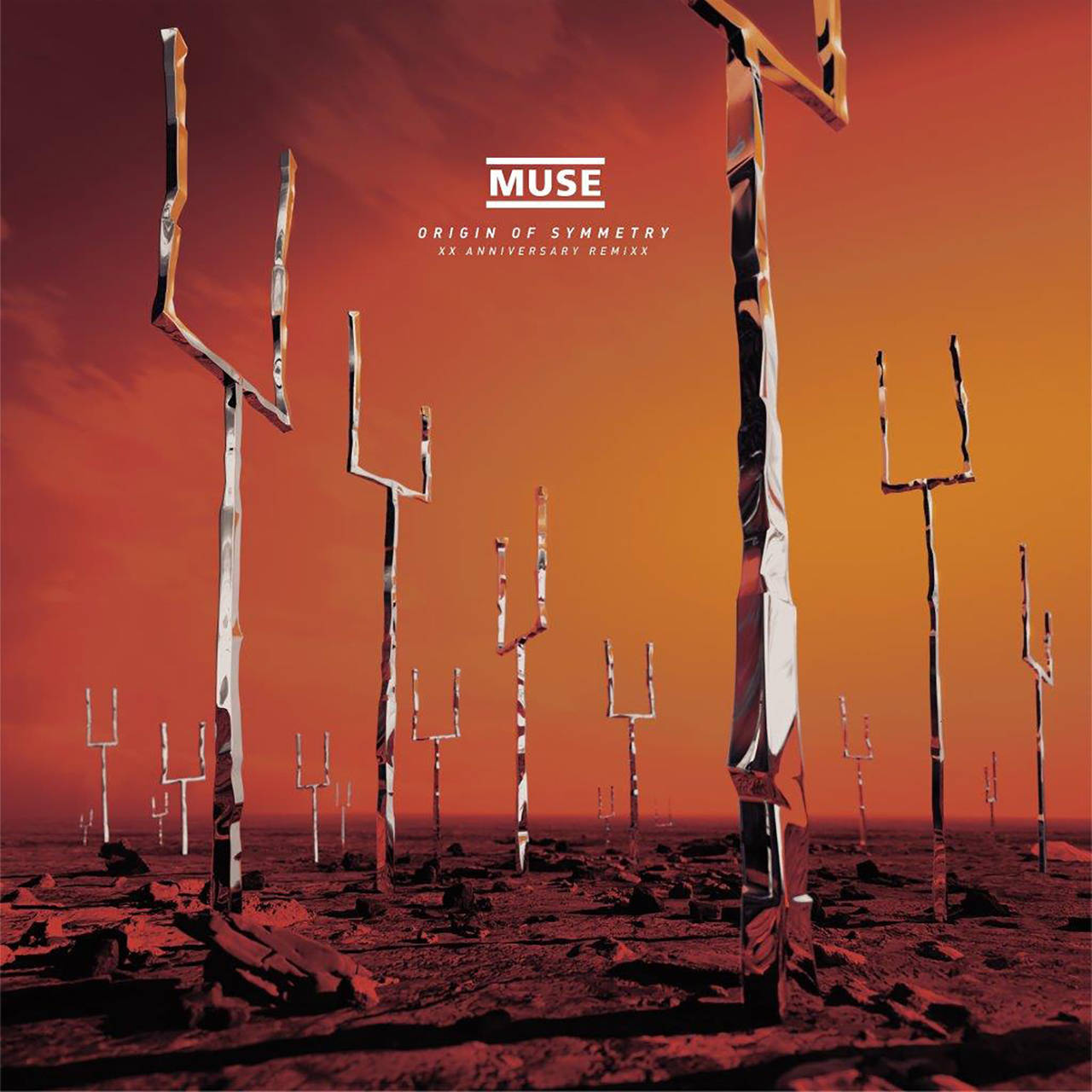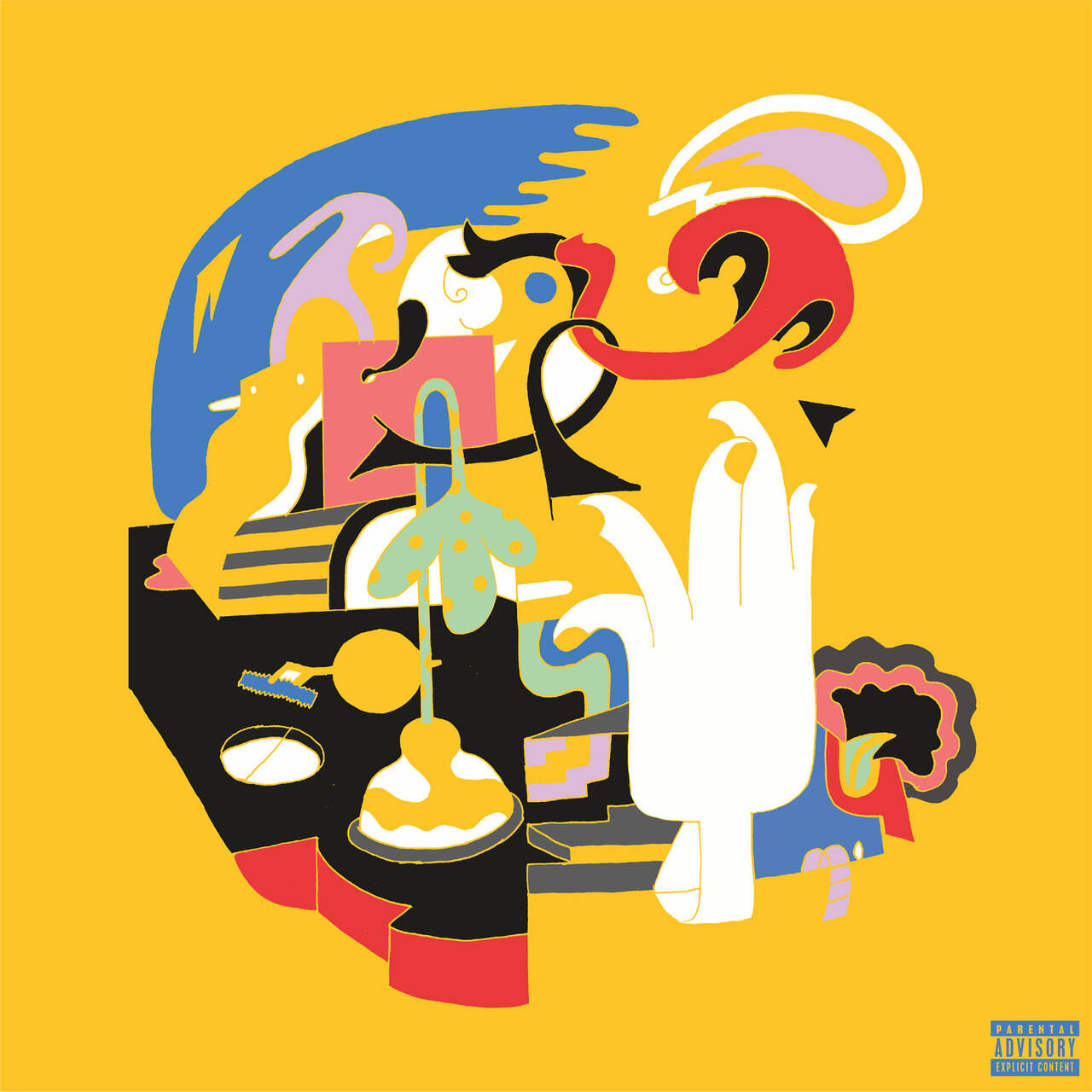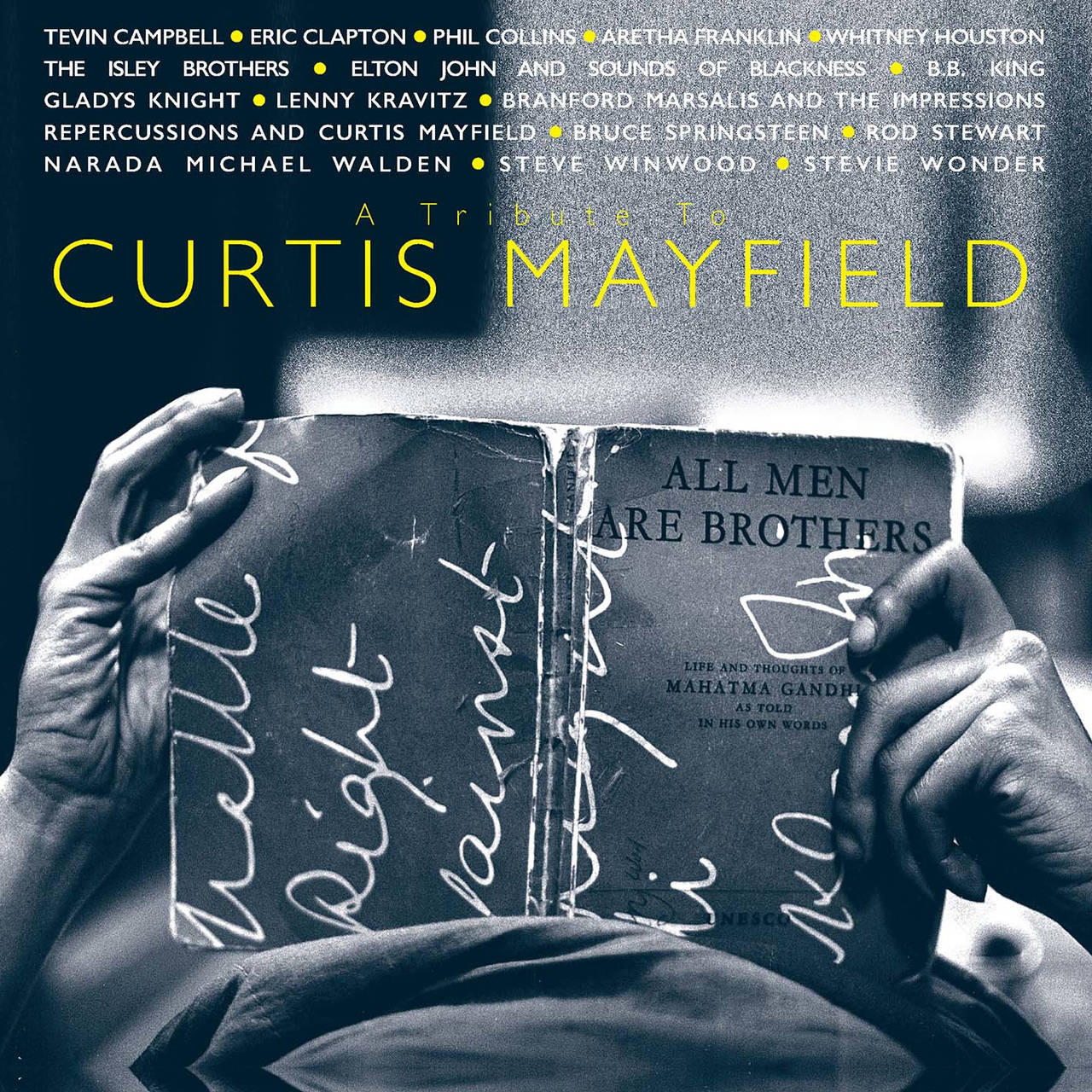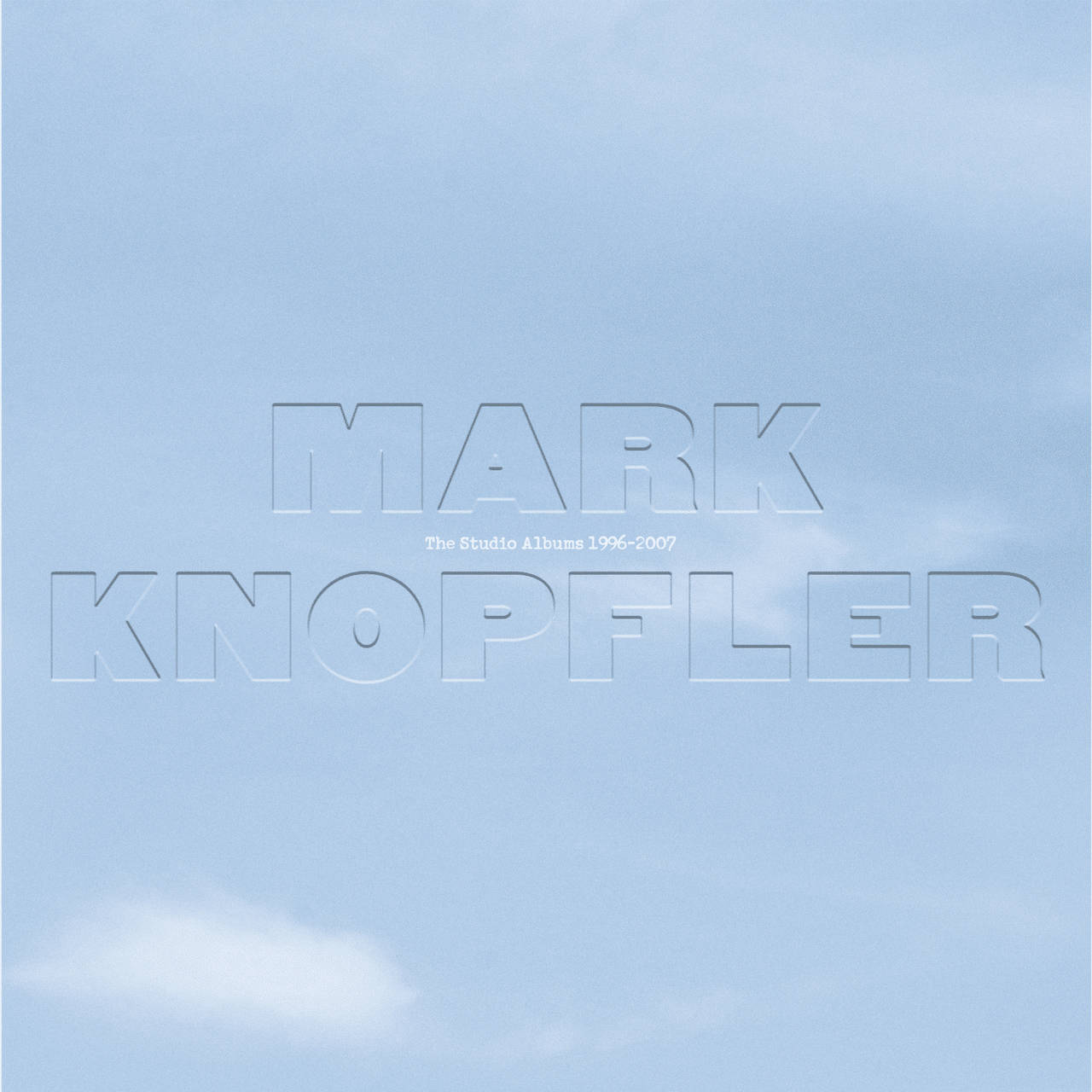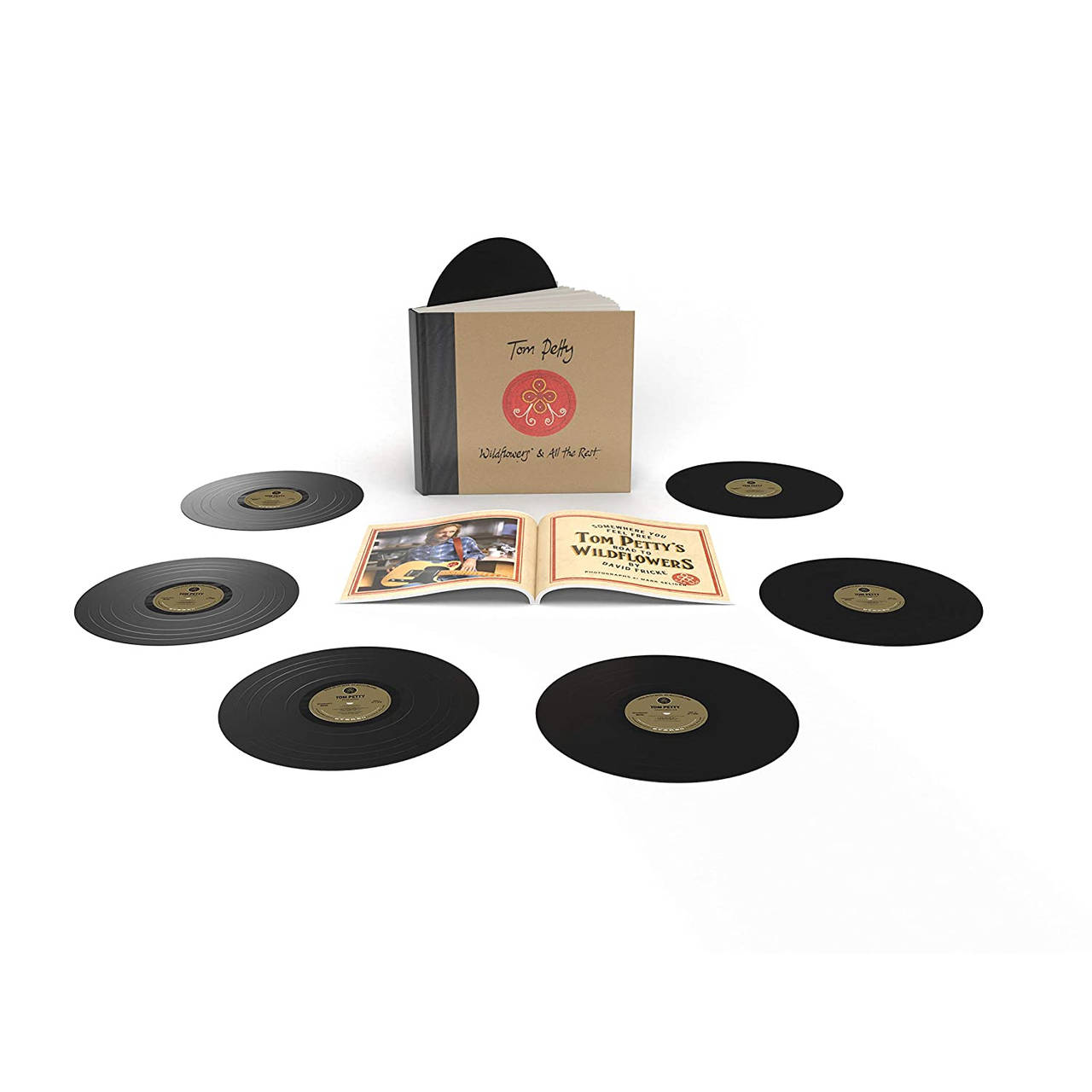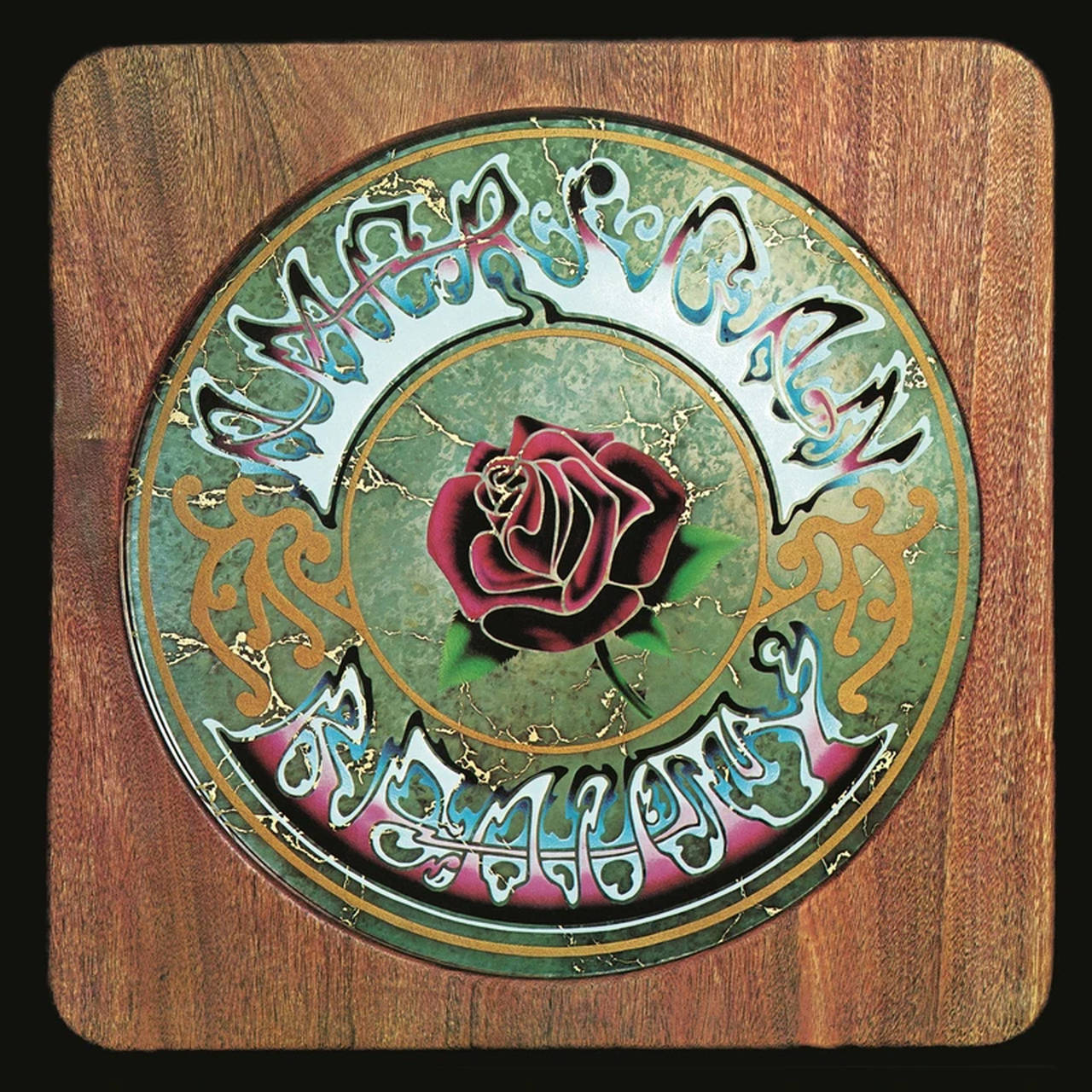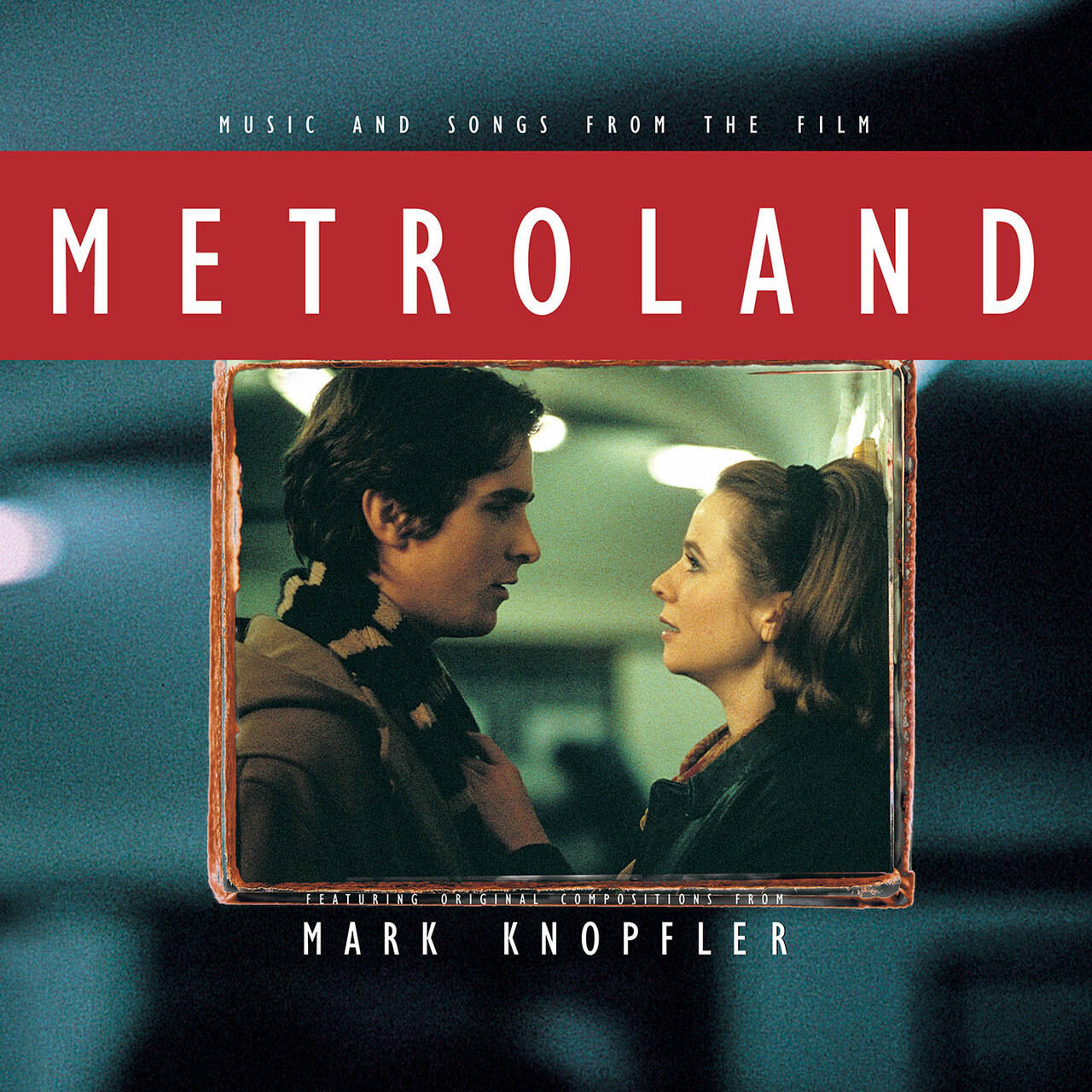Buy The Grateful Dead Anthem Of The Sun (1971 Remix) 180g LP (Vinyl) in United States - Cartnear.com
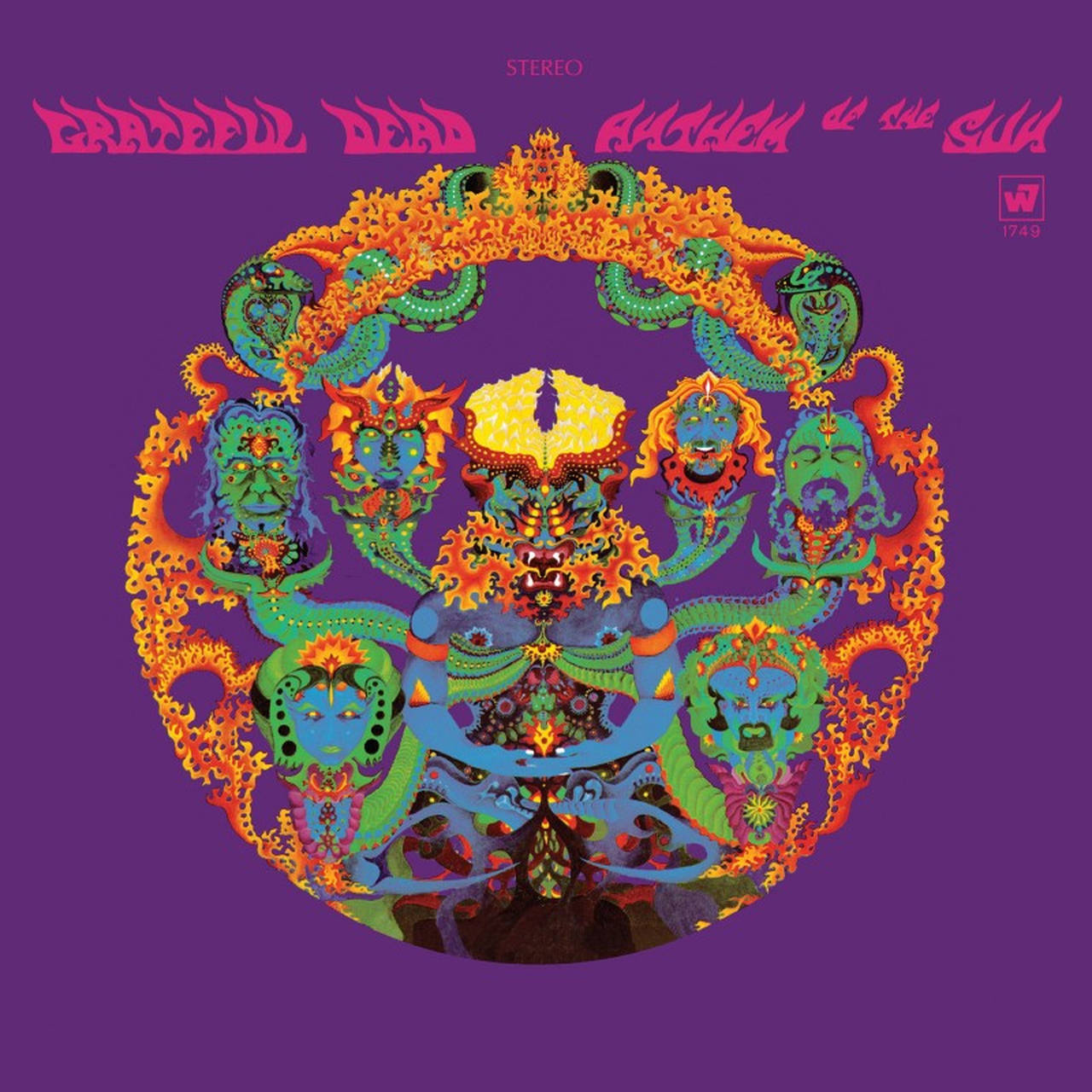
The Grateful Dead Anthem Of The Sun (1971 Remix) 180g LP (Vinyl)
CTNR1826056 CTNR1826056$ 25.07 $ 26.39 5% Off
*Product availability is subject to suppliers inventory
SHIPPING ALL OVER UNITED STATES
100% MONEY BACK GUARANTEE
EASY 30 DAYSRETURNS & REFUNDS
24/7 CUSTOMER SUPPORT
TRUSTED AND SAFE WEBSITE
100% SECURE CHECKOUT
| Genre | Pop Rock |
|---|---|
| Artist | The Grateful Dead |
1971 Remix Remastered For 50th Anniversary On 180g Vinyl LP!
The Live/Studio Sound That Introduced The Sound Of The Grateful Dead Live!
Primal, Psychedelic Dead At Its Earliest & Finest!
Rolling Stone 500 Greatest Albums of All Time - Rated 288/500!
The Grateful Dead's second studio album, Anthem Of the Sun, was released in 1968 and was their first with drummer Mickey Hart. The album features the selection "Alligator" and the four-part suite "That's It For The Other One". The mix of the album combines multiple studio and live recordings of each song. The result is an experimental amalgam that is neither a studio album nor a live album, but both at the same time (though it is usually classified as a studio album).
In his book 'Deal: My Three Decades of Drumming, Dreams, and Drugs with the Grateful Dead", drummer Bill Kreutzmann described the production process: "...Jerry [Garcia] and Phil [Lesh] went into the studio with [Dan] Healy and, like mad scientists, they started splicing all the versions together, creating hybrids that contained the studio tracks and various live parts, stitched together from different shows, all in the same song - one rendition would dissolve into another and sometimes they were even stacked on top of each other... It was easily our most experimental record, it was groundbreaking in its time, and it remains a psychedelic listening experience to this day."
Phil Lesh supervised a remixed version of Anthem Of The Sun in 1971. The more well-known remix particularly differs from the original in terms of segues, use of live recordings and stereo imaging. For example, the original mix starts with vocals and organ panned wide, while the remix has them centered; Bob Weir's studio vocal on the first track is doubled with a live recording on the original mix and solo on the remix. "Born Cross-Eyed" ends with a power chord in the key of E on the remix, whereas the original mix has an earlier fade-out.
Although the uninitiated might find the album unnervingly difficult to follow, it obliterated the pretension of the post-Sgt. Pepper's 'concept album' while reinventing the musical parameters of the 12" LP medium.
It's not easy to pinpoint the mix differences, but the culmination of side one has a sizable feedback ending as opposed to an echoed vocal refrain. Overall, the remixed album (the only one that was available after '71, until a late-'80's CD issue) seems to be EQ'd to emphasize a bit more low end. Luckily, none of the psychedelic chaos was stripped away.
Features
- 50th Anniversary
- 180g Vinyl LP
- 1971 Remix
- 2018 Remaster
Selections
Side One:
- That's It For The Other One: Cryptical Envelopment / Quadlibet For Tenderfeet / The Faster We Go The Rounder We Get
- New Potato Caboose
- Born Cross-Eyed
Side Two:
- Alligator
- Caution

